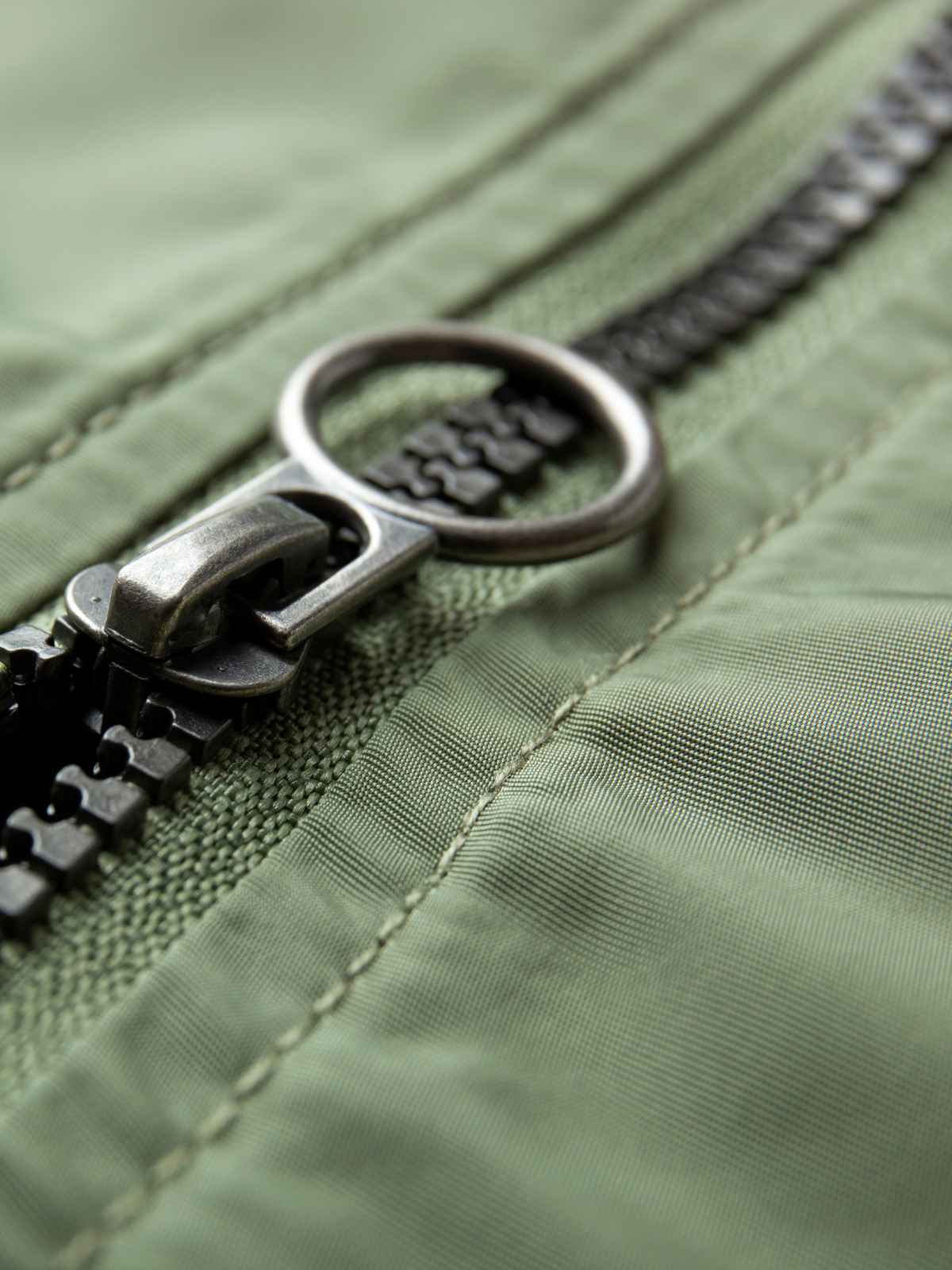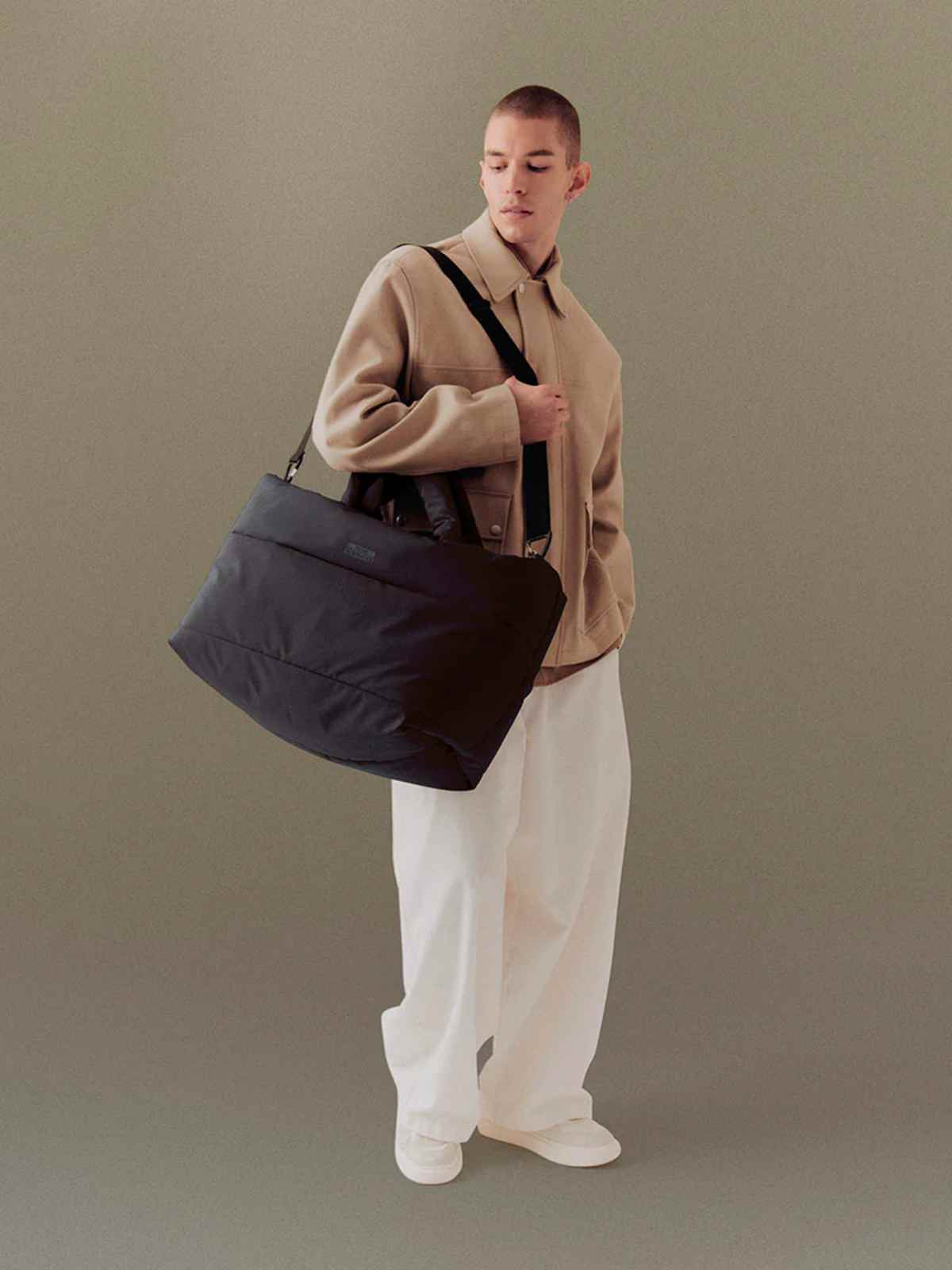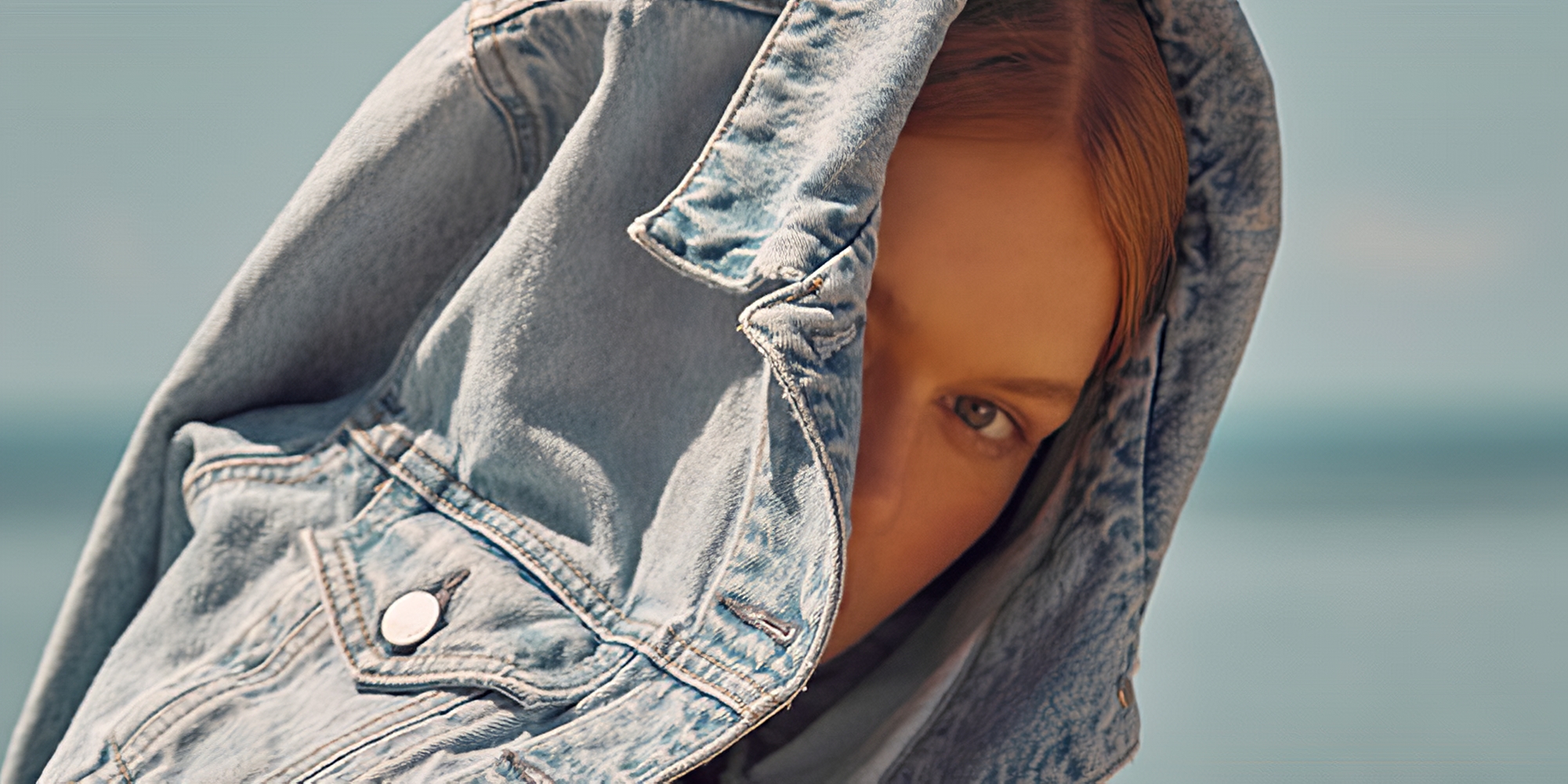Our editors curate highly rated brands that are first assessed by our rigorous ratings system. Buying through our links may earn us a commission—supporting the work we do. Learn more.
New Balance is a popular athletic brand known for its quality sneakers. But how ethical is New Balance? Read on to learn more about the brand’s “Not Good Enough” rating, which was published in March 2023 and may not reflect claims the brand has made since then. Our ratings analysts are constantly rerating the thousands of brands you can check on our directory.
Is the “ultimate dad shoe brand” sustainable?
New Balance is a Boston-based brand that has been in the shoe industry for over 100 years. Known a few years ago to be the un-cool, “ultimate dad shoe”, New Balance has since become a go-to for runners, athletes, and everyday consumers alike, praised for its comfort and high quality. The brand benefitted from the return of the dad shoe trend, and thanks to well-designed collabs with sneaker designer Salehe Bembury and musician and actor Jaden Smith, it slowly “soared to the top of the streetwear game”.
On the sustainability front, New Balance says it’s committed to more sustainable practices, claiming it is “changing the way [it does] things to reduce [its] environmental impact” and “making changes today to achieve these goals between now and 2030”.
Words and goals are great, but how is New Balance really impacting people, the planet, and animals? How ethical is New Balance? Let’s find out.
Environmental impact
“Bold climate response has never been more urgent, and our corporate goals aim to create a healthier planet,” says New Balance. The brand is indeed making some efforts to reduce its environmental impact. However, there is still room for improvement, and New Balance received an “It’s a Start” rating for its environmental policies.
The brand has set a target to eliminate hazardous chemicals by 2025 and claims to be on track. However, there is currently no evidence that the brand is taking meaningful action to reduce water use or protect biodiversity in its supply chain.
Additionally, despite its “green leaf standard” that “highlights environmentally preferred material (EPM) adoption across [the brand’s] footwear and apparel products,” New Balance uses few lower-impact materials.
While New Balance’s efforts to reduce its environmental impact are a good start, significant progress still needs to be made to keep up.
Labour conditions
New Balance also rates “It’s a Start” for its impact on people.
The brand’s social auditing program covering its entire final production stage is accredited by the Fair Labor Association (FLA), which ensures a good level of working conditions in that part of the supply chain. The brand received a score of 41-50% in the 2022 Fashion Transparency Index.
However, there is no evidence that New Balance ensures its workers are paid living wages in most of its supply chain. The brand claims to have a program to improve wages, but there is no evidence it’s being effectively implemented. Additionally, there is no evidence that New Balance implements practices to support diversity and inclusion in its supply chain.
Overall, New Balance has taken some steps to improve labour conditions, but there is still work to be done to ensure fair and ethical treatment of workers throughout its supply chain.
Animal welfare
New Balance’s animal rating is “Not Good Enough”.
There is no evidence that the brand has an animal welfare policy. Some of its products use leather, wool, down, and exotic animal hair. New Balance does not appear to use fur, angora, or exotic animal skin, but whether animal-derived materials are traced even to the first production stage is unclear.
Based on our analysis of publicly available information, we cannot rate New Balance higher for its impact on animals. The brand has a lot of work to do to improve its practices and transparency when it comes to animal welfare.
Overall rating
Overall, we rate New Balance “Not Good Enough”. While the brand has taken some steps towards improving its impact on people and planet, it still has a long way to go, especially when it comes to using more responsible materials and ensuring living wages for its workers.
Note that Good On You ratings consider hundreds of issues, and it is not possible to list every relevant issue in a summary of the brand’s performance. For more information, see our How We Rate page and our FAQs.
As consumers, we can make a difference by taking care of what we own, reducing what we buy, shopping second hand, and choosing to support brands that are doing better. If you’re interested in more sustainable alternatives to New Balance, we recommend checking out second hand options first. And if you want to buy new, check out the brands below.
Good swaps
“Good” and “Great” alternatives to New Balance.





























